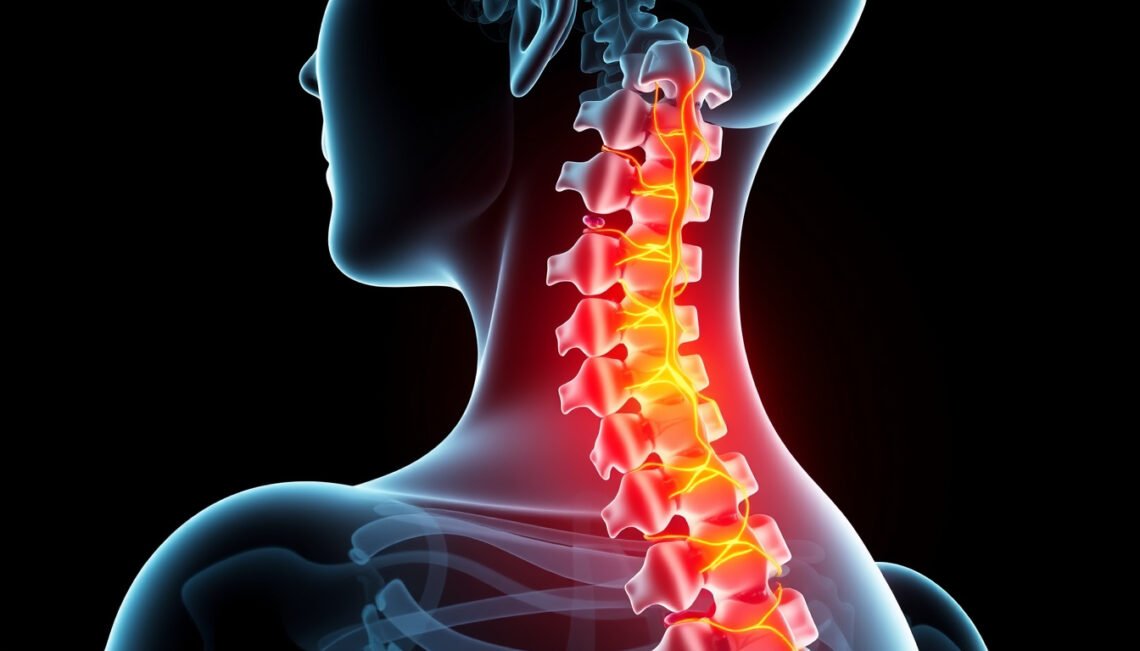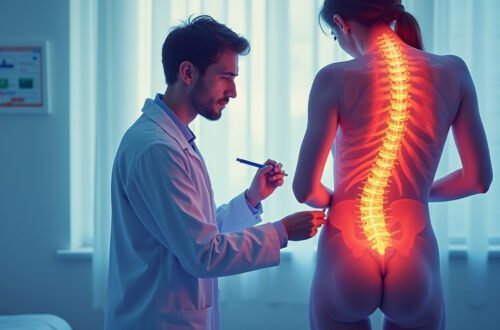Spinal stenosis is a common condition that affects millions of people worldwide, especially those over the age of 50. If you’ve been experiencing persistent back pain, numbness, or weakness in your limbs, spinal stenosis could be the underlying cause. Understanding spinal stenosis—its causes, symptoms, and treatment options—is essential for effective management and improving quality of life. In this comprehensive article, we will explore everything you need to know about spinal stenosis, helping you recognize the symptoms early and seek appropriate care.
What Is Spinal Stenosis?
Spinal stenosis refers to the narrowing of spaces within your spine, which puts pressure on the nerves that travel through the spinal column. This narrowing most commonly occurs in the lower back and the neck regions, causing pain, numbness, and muscle weakness. The condition can develop gradually over time due to degenerative changes or arise from other causes.
Causes of Spinal Stenosis
There are several factors that can lead to spinal stenosis, including:
-
Aging and Degeneration: The natural wear and tear of the spine over time causes the spinal canal to narrow. Osteoarthritis is a frequent contributor, where the cartilage within the joints deteriorates, leading to bone spurs that reduce space in the spinal canal.
-
Herniated Discs: Discs act as cushions between vertebrae. When these discs bulge or rupture, they can intrude into the spinal canal, compressing the nerves.
-
Thickened Ligaments: Ligaments that hold the spine together may become stiff and thickened over time, crowding the spinal canal.
-
Spinal Injuries: Trauma from accidents or injuries can cause fractures or dislocations of vertebrae, potentially leading to spinal stenosis.
-
Congenital Conditions: Some people are born with a naturally narrow spinal canal, which predisposes them to develop symptoms earlier.
-
Tumors: Though less common, abnormal growths inside the spine may cause compression of the spinal cord or nerves.
Understanding these causes can help patients and healthcare providers address spinal stenosis with targeted treatments.
Recognizing the Symptoms of Spinal Stenosis
Symptoms of spinal stenosis can vary depending on the location and severity of the narrowing. Common signs include:
-
Pain: Often felt in the lower back (lumbar stenosis) or neck (cervical stenosis). It may worsen with standing or walking and relieve when bending forward or sitting.
-
Numbness or Tingling: Sensory disturbances may occur in the arms, hands, legs, or feet.
-
Muscle Weakness: Difficulty in walking, maintaining balance, or performing fine motor tasks.
-
Cramping or Cramps: Especially in the legs.
-
Loss of Bladder or Bowel Control: A rare but serious symptom indicating possible nerve damage requiring immediate medical attention.
Diagnosing Spinal Stenosis
If you suspect spinal stenosis, a thorough evaluation by a healthcare professional is necessary. Diagnosis typically involves:
-
Medical History and Physical Examination: To assess symptoms and neurological function.
-
Imaging Tests:
- MRI (Magnetic Resonance Imaging): The gold standard for visualizing soft tissues and nerves (source).
- CT Scan: Helps evaluate bone structures.
- X-rays: May show bone spurs or other changes.
- Electromyography (EMG): Can test nerve function.
Proper diagnosis is crucial to determine the most effective treatment approach.

Effective Treatment Options for Spinal Stenosis
Treatment of spinal stenosis depends on the severity of symptoms and underlying cause. Here is a breakdown of common options:
1. Conservative (Non-Surgical) Treatments
Many patients experience relief through conservative measures, which include:
-
Physical Therapy: Tailored exercises improve strength, flexibility, and posture. Strengthening core muscles can reduce pressure on the spine.
-
Medications: Nonsteroidal anti-inflammatory drugs (NSAIDs) reduce inflammation and pain. Muscle relaxants and nerve pain medications may also be prescribed.
-
Epidural Steroid Injections: These reduce inflammation around compressed nerves and can provide temporary relief.
-
Assistive Devices: Braces or walkers may help improve mobility and reduce discomfort.
-
Lifestyle Modifications: Weight management, avoiding prolonged standing or walking, and using supportive footwear can alleviate symptoms.
2. Surgical Treatments
When conservative treatments fail or symptoms worsen significantly, surgery may be recommended. Common surgical procedures include:
-
Laminectomy: Removal of the lamina (part of the vertebra) to create more space for the spinal cord or nerves.
-
Foraminotomy: Enlargement of the foramina (nerve passageways) to relieve nerve pressure.
-
Spinal Fusion: Joining two or more vertebrae to stabilize the spine.
Surgical intervention aims to decompress nerves and improve function but carries risks and requires careful consideration.
Prevention and Lifestyle Tips for Managing Spinal Stenosis
Even though some risk factors like age cannot be avoided, you can take proactive steps to prevent or minimize spinal stenosis symptoms:
- Maintain a healthy weight to reduce spinal stress.
- Engage in regular low-impact exercises such as swimming or cycling.
- Practice good posture when sitting and standing.
- Use ergonomic furniture and avoid prolonged sitting or standing.
- Avoid heavy lifting or bending improperly.
FAQ About Spinal Stenosis
Q1: Can spinal stenosis be reversed with treatment?
A1: While the structural narrowing cannot usually be reversed, symptoms of spinal stenosis can be effectively managed or minimized through physical therapy, medications, and in some cases, surgery.
Q2: How long does it take to recover from spinal stenosis surgery?
A2: Recovery varies depending on the type of surgery, but typically patients can expect several weeks to a few months for full recovery, along with rehabilitation exercises to regain strength.
Q3: Is spinal stenosis a common cause of back pain?
A3: Yes, spinal stenosis is one of the leading causes of back pain, especially in older adults, due to degenerative changes in the spine.
Conclusion
Spinal stenosis is a complex but manageable condition that, if left untreated, can severely impact your mobility and quality of life. By understanding the causes and recognizing the symptoms early, you can seek medical advice and explore effective treatment options ranging from lifestyle changes to surgery. Don’t let spinal stenosis control your life—consult a healthcare professional and begin your journey toward relief and improved spinal health today.
For more in-depth information on spinal disorders, visit the American Academy of Orthopaedic Surgeons for expert resources and support.
Take charge of your spinal health now—schedule a consultation to discuss your symptoms and find the best treatment plan tailored for you!






